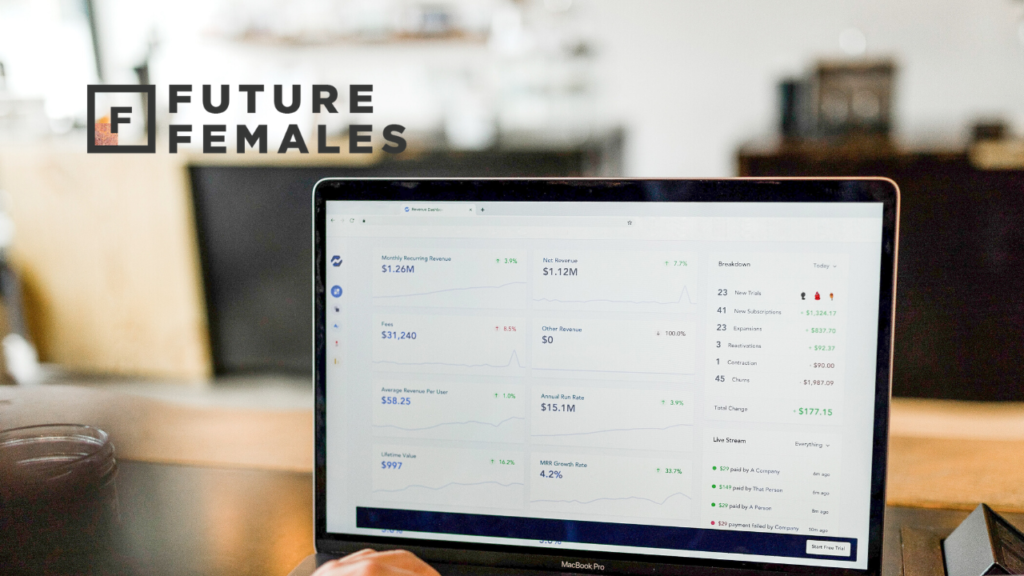Like any other serious entrepreneur, you get the same advice to first create a website when you start your business – your customers are online, and so your business must be too. You go about getting your website up and running, three months down the line and no one has visited your website except perhaps your partner and cat. They had to show their support, now where are those online customers you built the website for?
Well, they are still there, of course, but there is a high chance your website is not optimized enough for organic search rankings, making it nearly impossible for your potential customers to find your business online. This is now where Search Engine Optimization (SEO) takes center stage. It may sound like a very intimidating technical term but no need to fear it, it’s not that complicated. To drive traffic to your website, you’ve got to ensure it is discoverable on search engines. Nailing this concept revolves around understanding how search engines work.
How Search Engines Work
A search engine’s role is to serve the most relevant web pages and content to searchers when a search query is submitted through it. If you search for vegan gelato in Bologna on Google, it is Google’s responsibility to ensure you get the most relevant results for where you can get it. Now, how does Google know which webpages are pertinent to your search query?
Search engines have what are known as web crawlers or also known as spiders or search engine bots that scan through the web, download, and store web pages they’ve visited. In the process, they create an index of all the URLs they discovered, including specific page content details like what it is all about, content type, keywords, engagement, and so on. When you put in a search query with the keywords ‘vegan gelato in Bologna’, the search engine will retrieve from its index hierarchically ranked web pages it deems to be most relevant, and serves them to you as results for your search.
There are different types of SEO – on-page, off-page, and technical SEO. In this article, we will discuss five on-page SEO tactics.
5 On-Page SEO Tactics to boost your website’s visibility
With the bite-sized understanding of how search engines work and end up showing your website on search engine results pages (SERP), you are well on your way to nailing SEO for your website.
1. Keywords
You have probably heard of this one the most when it comes to SEO. For search engines to determine your web page’s relevance for specific search queries, it is imperative that you naturally insert relevant keywords when developing your content. These are words and phrases that searchers are using on search engines to look for information on products and services like yours. It’s important to remember that you are writing for people, and not for search engines. Keyword stuffing and using popular keywords not related to your content can reduce the quality of your content and lower your search engine ranking. As crucial as optimizing content with keywords is, it is not the only element required for successful SEO.
2. Linking within and Linking without
This is internal and outbound linking, which are essential ranking factors for sites. With outbound linking, you refer to high-authority content sources/websites relevant to your own by externally linking to them, in turn, they could link back to you. This sends a relevancy signal to search engines and is likely to increase the credibility of your own site. Studies show that pages that have outbound links outrank those without.
Internal linking, on the other hand, allows you to optimize your content by linking within your website. This allows both users and crawlers to easily navigate your site. It is prevalent for eCommerce sites, blogs and news publishing sites where you find ‘similar articles/similar products’ links on a web page.
3. Make it shareable
Social sharing seems like an oddball when it comes to SEO, but you’ll be amazed to learn that it is an important ranking factor too. By adding social sharing buttons to your web pages, you allow your website visitors to share your content through social media and that in turn leads to content virality; more people sharing it and more people linking back to the content on your website. And of course, Google will love you for it.
4. Multimedia & Image Tags
Two crucial user interaction ranking factors for SEO are bounce rate and page engagement. If you find it hard to maintain focus when reading through walls and walls of content, chances are your website visitors will also lose concentration and bounce out of your website if it’s a slab of words and characters. To increase page interaction and reduce bounce rate, it is essential to add engaging images, videos, and infographics to the text. Finally, make sure your pictures and videos are optimized by labelling them with keyword infused alt texts.
5. SEO-friendly URLs
URLs help users and search crawlers understand what a page is all about. Search engines use them to determine the relevance and authority of the web page. Keep your URLs keyword rich and short.
Now, go on and start optimizing, your online customers will be on your page before you know it!

